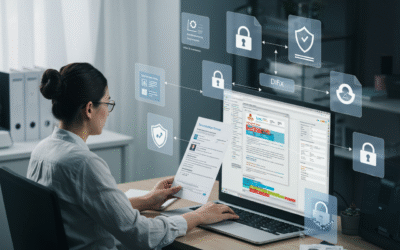In today’s world, advanced medical training has become essential for healthcare providers who seek to deliver high-quality patient care across diverse fields. With rapidly evolving technologies, global collaborations, and specialized education programs, healthcare professionals are now equipped to perform complex procedures more effectively, safely, and confidently.
Transforming Patient Care through Advanced Medical Training
Modern medical training programs are designed to go beyond theoretical knowledge. They emphasize hands-on experience, providing healthcare providers with the skills needed to handle new medical technologies and techniques in real-world scenarios. By focusing on practical training in controlled environments, healthcare professionals can refine their skills and increase precision in patient care.
Key Elements of Effective Medical Training
- Scientific Conferences and International Events
Scientific conferences and global health summits are essential in keeping healthcare providers up-to-date with the latest advancements and best practices. These events foster an environment where professionals from diverse backgrounds can share knowledge, explore innovative solutions, and build networks that contribute to the growth of medical science worldwide. - Live Training Sessions: Hands-On Learning in Real-Time
Live training sessions allow healthcare professionals to observe and practice advanced procedures with expert guidance. Whether held in-person or through live streaming, these sessions provide immersive learning opportunities where participants can ask questions, receive immediate feedback, and gain confidence in new techniques. Modern transmission technology enables healthcare providers worldwide to access high-quality training, fostering a global exchange of knowledge and expertise. - High-Fidelity Simulation Labs for Safe, Realistic Practice
Simulation labs equipped with high-fidelity models and cadaveric specimens offer a safe and realistic environment for healthcare providers to practice complex medical procedures. These labs allow professionals to gain hands-on experience, mastering techniques that would otherwise only be possible in real clinical settings. Simulation training helps develop accuracy, confidence, and decision-making skills, which are essential for delivering safe patient care. - Collaborations with Academic and Research Institutions
Partnerships with universities and research institutions enhance the quality and scope of medical training programs. These collaborations facilitate access to cutting-edge research, provide training on the latest advancements in medical technology, and foster innovation. By working closely with educational institutions, healthcare professionals can stay informed about emerging trends and continuously improve their skills.
The Role of Translation in Expanding Access to Medical Education
With the international reach of medical education programs, translation services play a crucial role in ensuring accessibility and inclusivity. Translation allows training materials, manuals, and instructional guides to be accurately conveyed across languages and cultures, enabling healthcare providers from different regions to access the same high-quality education. Expert translation ensures that complex medical terminology and procedural details are communicated clearly, helping healthcare providers understand and apply their training effectively, regardless of language barriers.
Building a Future of Globalized, High-Quality Patient Care
The combination of advanced training programs, hands-on simulation, and global collaboration is reshaping the healthcare landscape. By prioritizing practical education and ensuring access across multiple languages, the medical field enables healthcare professionals worldwide to benefit equally from these essential learning resources. Making training available in several languages breaks down barriers and ensures that knowledge flows freely across borders, empowering providers to apply the latest techniques with confidence. This cross-cultural accessibility ultimately supports safer, more effective patient care and allows healthcare professionals to make a positive, lasting impact on health outcomes around the world.





